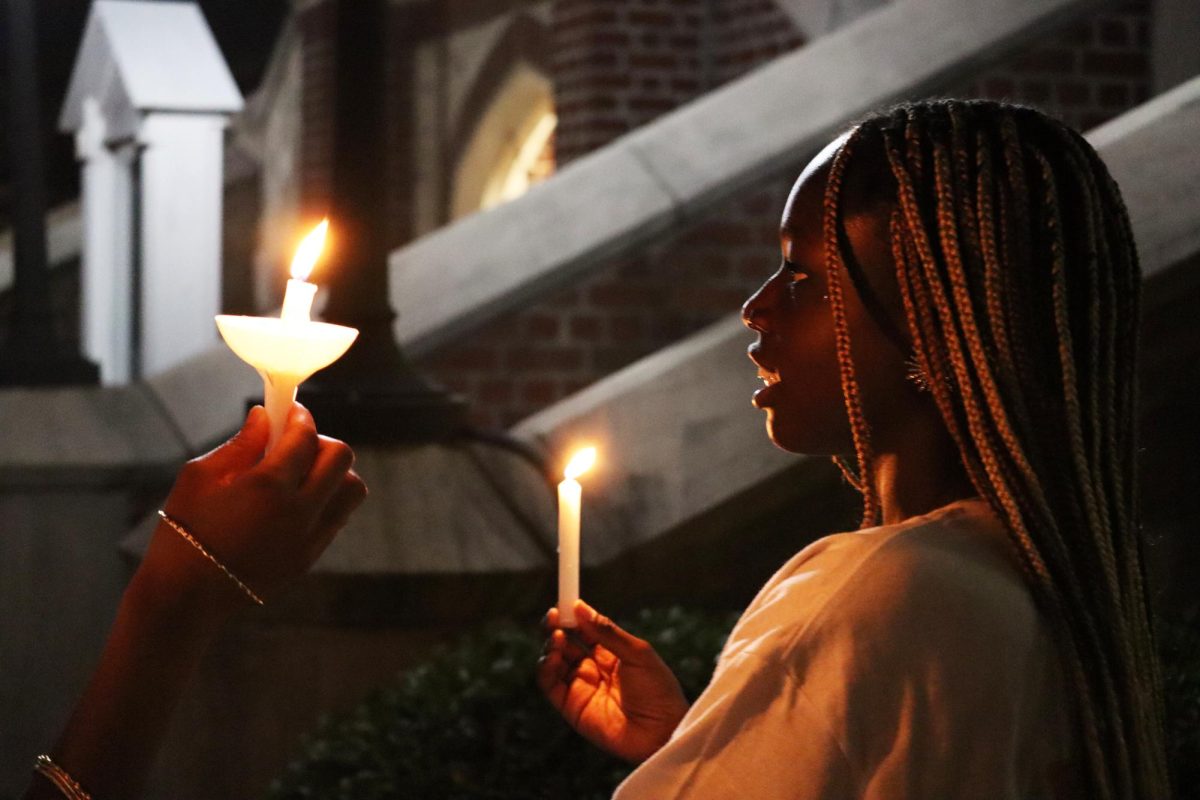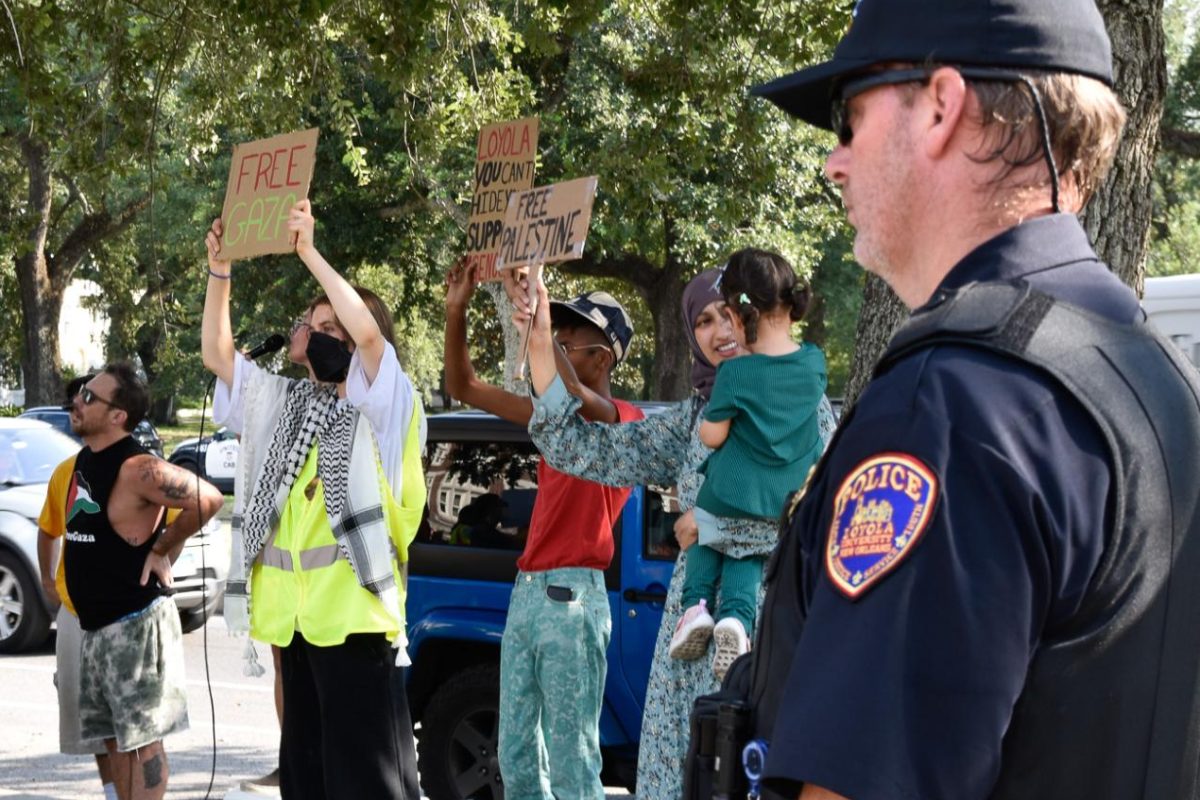Loyola is adapting to potential emergency situations with technological solutions, which are going into effect for the first time this semester.
Students and faculty may have seen recent e-mails from Student Records regarding the implementation of text messaging for notification in the event of an evacuation or class closure on campus.
Over the summer, Information Technology at Loyola brainstormed different ways to more efficiently communicate to the Loyola community about changes on campus.
“We opted for a system that allows us to either text a student’s cell phone or send a phone call of a recorded message,” said Bret Jacobs, director of Information Technology.
Any student who wishes to receive text message alerts can sign up through LORA.
“It’s an (optional) system, so we’ll see how well established it is. We’ll see how many people adopt it and take it on,” Jacobs said.
The recent response from students has been varied.
English writing senior Erica Stevens said, “It’s not a good idea. I doubt people would sign up for it.”
However, some students are indifferent. “I think it could possibly work, being that everyone seems to love texting,” said psychology senior Adrian Sepulveda.
“As long as this isn’t replacing their usual way of informing people, I’m OK with it. Informing people is informing people, as long as it works.”
Prior to the decision to use this system, the only way to find out about a campus closing was through e-mail.
With the new system, the university can warn students about a change in schedule due to an unexpected event, such as when the school closed campus in Spring 2007 when a tornado hit New Orleans, causing structural damage to many homes and FEMA trailers and injuring 29 people. Students who had not checked their e-mail in the morning came to campus expecting to attend class, only to find an empty campus and a locked library.
“We thought it would be really good if in addition to e-mailing, we could push the message out instead of having the students check and pull a message from us,” Jacobs said.
“The thing we liked about this plan is that it gave us both options: sending a text or phone call.
“It gave us that flexibility.”
In addition to preparing for temporary class closures, the university has also made more substantial and long-term plans to handle an extended campus closure, such as during Katrina. If a similar situation arises again, professors can resume classes online through Blackboard.
Before and during Hurricane Katrina, Loyola ran Blackboard locally, but it wasn’t available off campus. Post-Katrina, Loyola decided to move Blackboard to a hosted site with off-campus servers so that faculty and students could have access. Now, in the event that the university has to function away from the city, instructors can still conduct their classes during an evacuation so that the semester won’t have to be postponed.
“As a senior, I can’t afford to go to another school again, and I can’t afford not to be taking classes,” Sepulveda said.
“As far as it being an effective and feasible idea for things like labs and other classes that require the student to do physical work, no. But for classes that are mostly reading and writing, then yeah, of course.
“I think it would be hard to give a lecture online, but at this point, that would be my only choice.”
Sally Tunmer can be reached at







